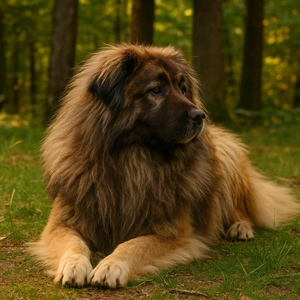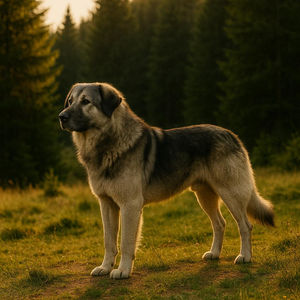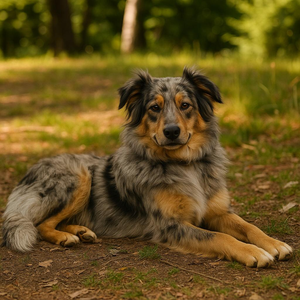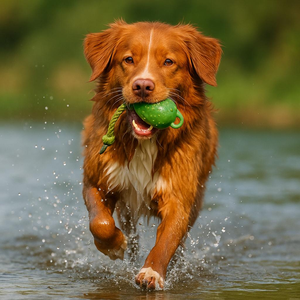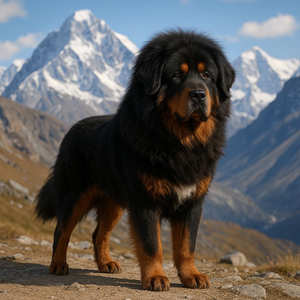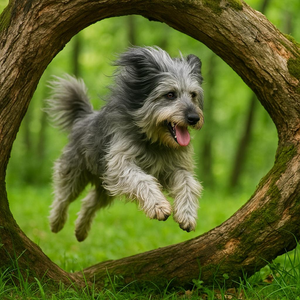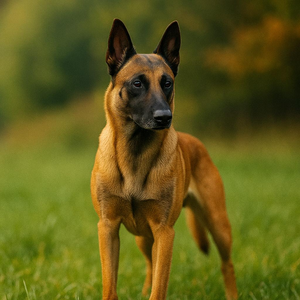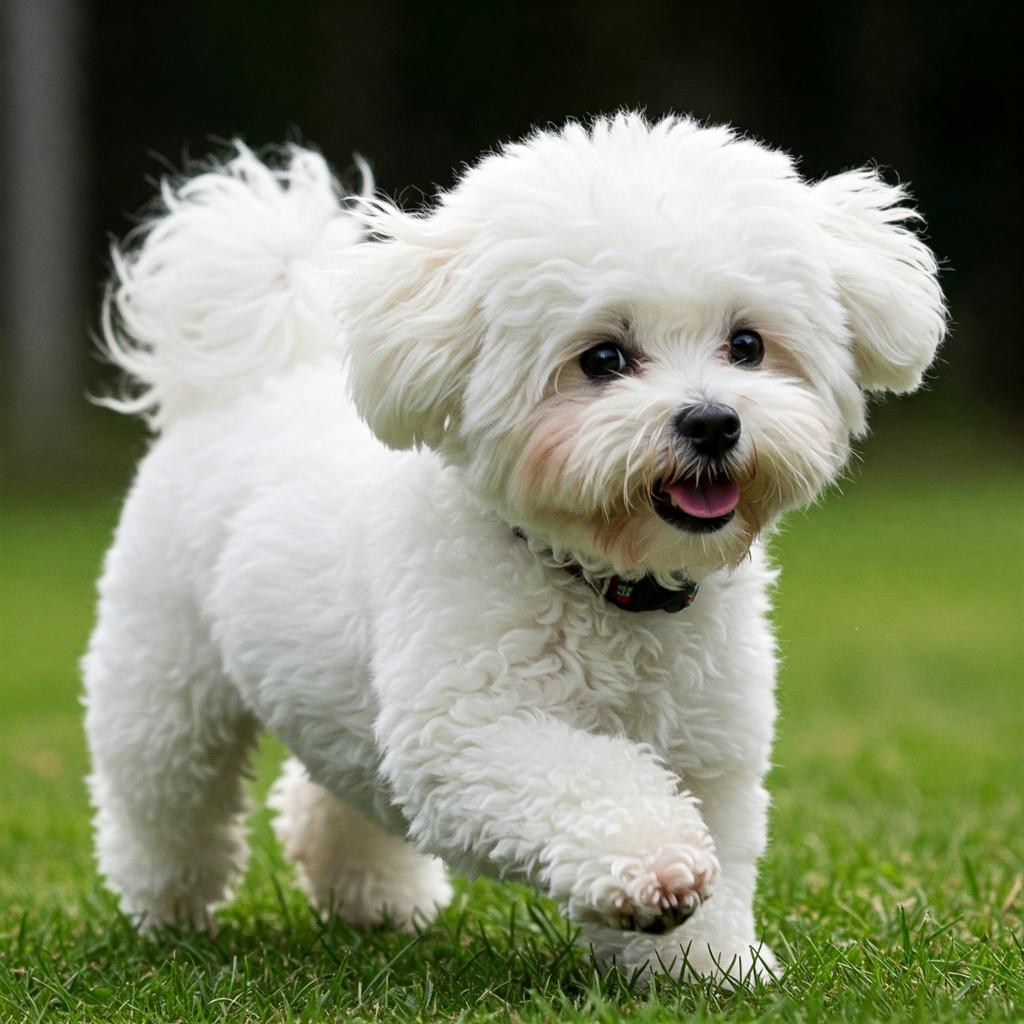
Distinctive Traits of the Bichon Frisé Dog Breed
The origins of the Bichon frisé dog breed are lost in the mists of time and are not very clear. There is even talk of the period between 600 BC and 300 BC. A great traveller, it was often used by sailors as a barter commodity, which is why it spread all over the world. Which breeds played a role in the development of this breed is unclear, but experts believe there are traces of water spaniels and dwarf poodles.
This little dog became very popular in Spain and it was probably the Spaniards who introduced it to the Canary Islands, which is also where its second name ‘bichon Tenerife’ seems to have come from.
Many Spanish painters have dedicated their works to this dog breed, including Francisco Goya himself. However, around 1300 it also enjoyed great fame in France, where it lived at the court of the nobility as a companion dog, and its popularity peaked in the reign of Henry III of France, in the second half of the 16th century.
Unfortunately, at the beginning of the 19th century, it lost much of its popularity and quickly became a popular street dog, even in the circus. Their popularity grew again after the First World War. The breed was brought to the United States for the first time in 1956 by a French family, the Picaults. In 1973 it was recognised by the American Kennel Club as a non-sporting dog.
In addition to the bichon frisé, there are four other breeds in the ‘bichon’ family: Maltese, Bolognese, Havanese and the small lion dog. Today, unfortunately, this dog breed has become very rare and uncommon. Related dog breeds such as the Maltese, the Bolognese and the poodle are preferred.
Character of the Bichon frisé dog breed
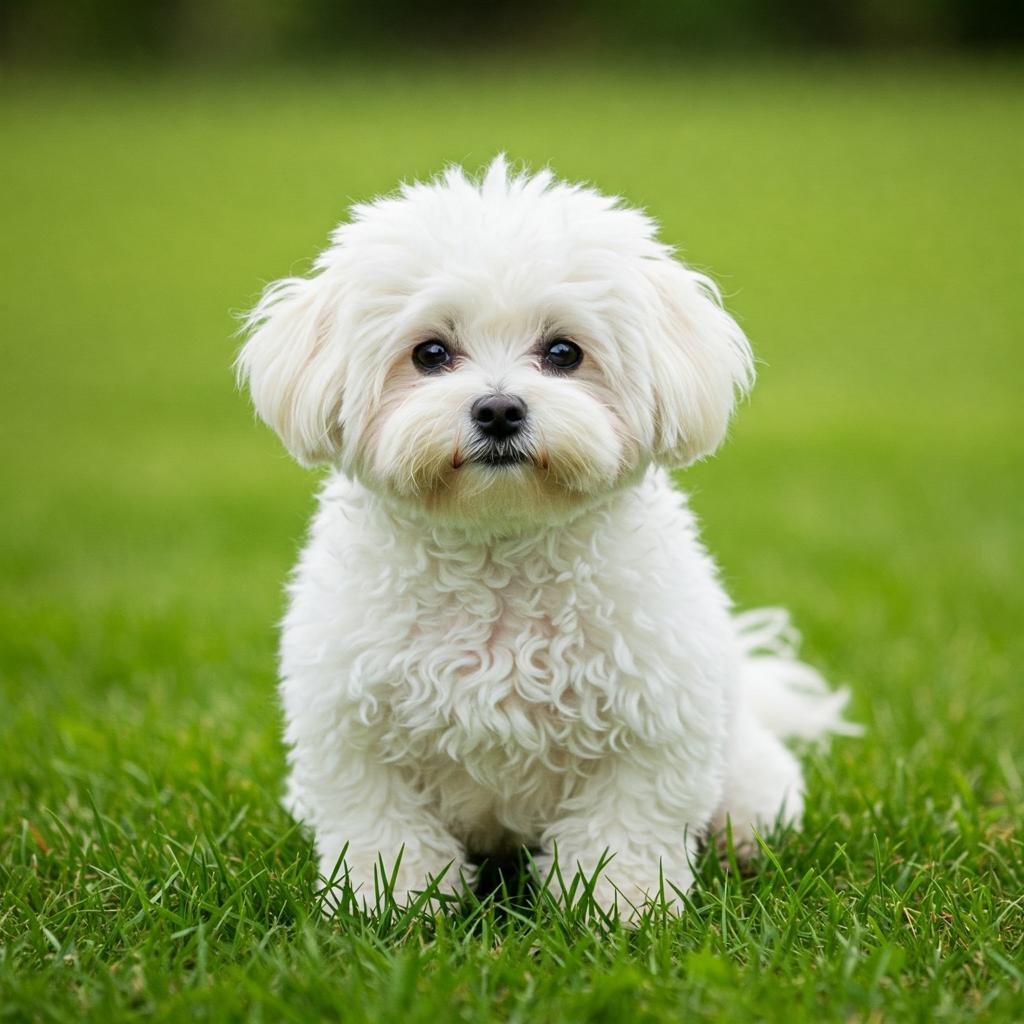
It is not a guard dog, but with its alert temperament it is able to warn promptly in case of danger. It does, however, need daily exercise, which is why it is not well suited to the elderly or sedentary. He suffers a great deal from loneliness, which is why he loves being in company, makes friends quickly with strangers and cohabits well with other dogs and even cats.
Its simple nature, combined with the fact that it is easily trained and its high intelligence, makes the bichon frisé a fantastic companion dog for people of all ages. It is therefore also suitable for first-time dog owners. It is, however, rather stubborn and often unwilling to obey.
It is a small dog so it must be used to socialising with its own kind, otherwise it might see larger dogs as a threat. It needs a firm but gentle upbringing, otherwise it risks becoming too submissive and fearful.
Appearance of the Bichon frisé dog breed
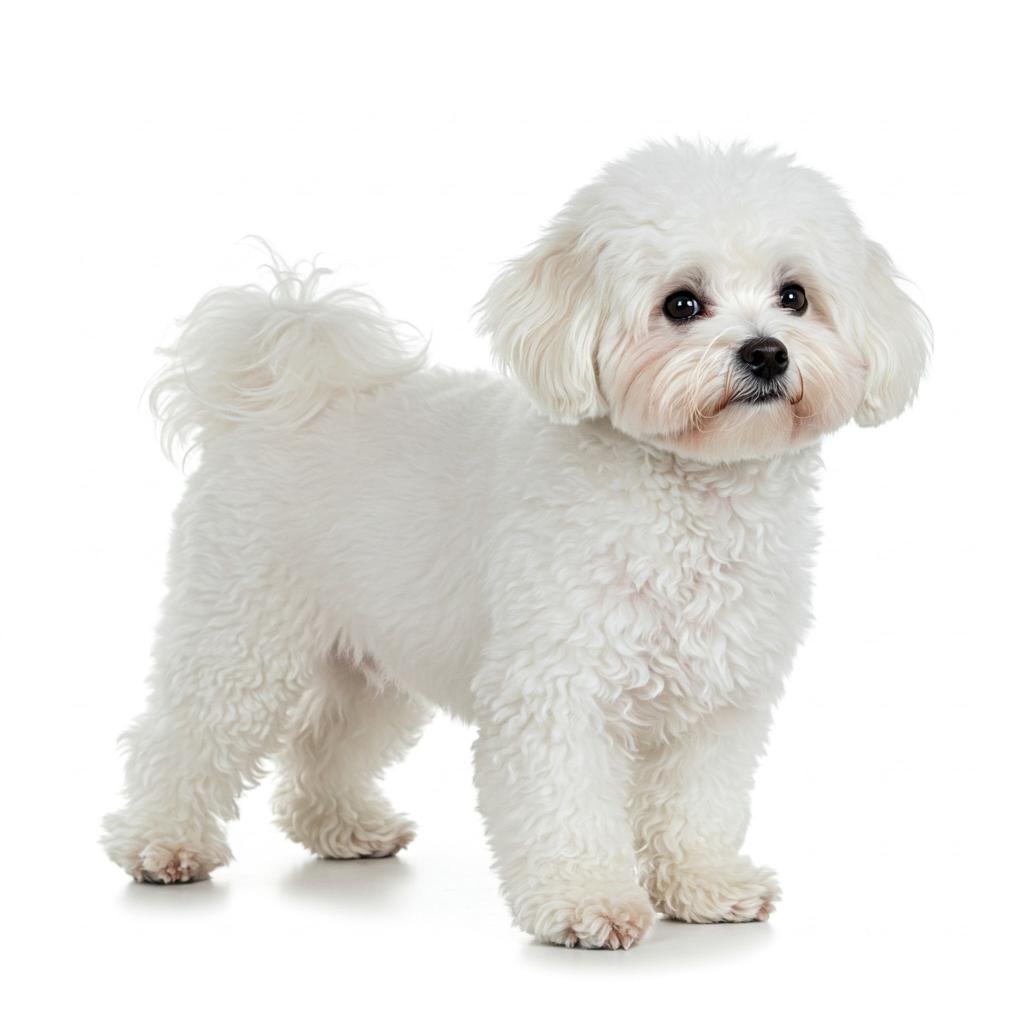
The limbs are muscular, the body is harmonious and agile. The tail is raised and fluffy, outstretched. The muzzle is of medium length, the head flattened at the top, the truffle is black and round, the eyes are black and very lively, the ears are drooping and covered with thick hair.
Its particularity is its coat, its hair is very fine and soft, rather long and curly, frisé (hence the name ‘Bichon Frisé’). It is only white in colour and one of its characteristics is that it does not cause allergies. If well cared for, the coat can be up to 10 centimetres long and looks very much like that of the Mongolian goat, to which it is very often compared.
Health and care of the Bichon Frisé dog breed
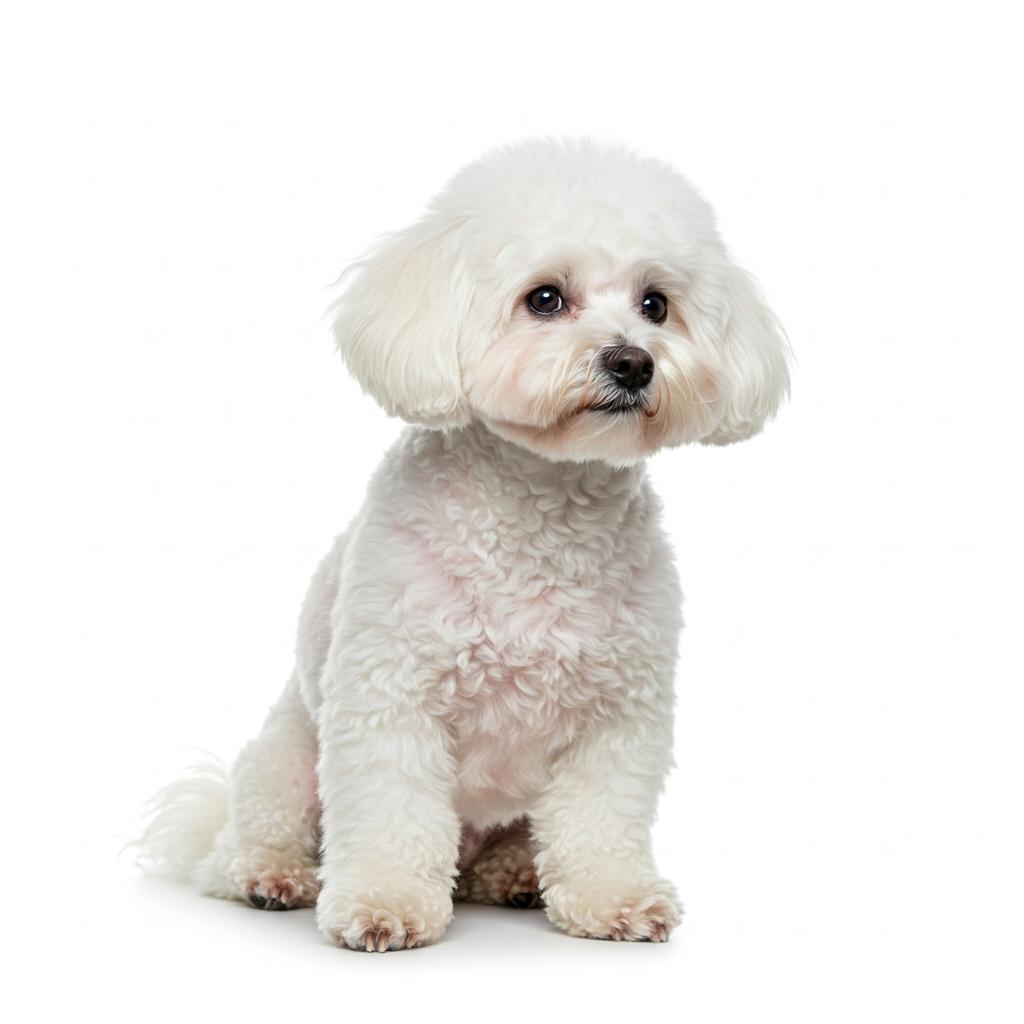
It is a physically delicate dog, and although it has a long, thick coat, it suffers a lot from the cold, so in winter it is good to cover it with a coat or jumper when you take it outside, as it tolerates the heat better.
It is important to brush the bichon daily to avoid knots and remove dirt. He does not shed hair and should not be bathed very often, about once every 40 days or when he is really dirty. Every now and then you have to take him to specialised coat cutting centres so that he always has a tidy coat.
As far as feeding is concerned, this dog can have weight problems if it lives too sedentary a life. You must stimulate him to move around and take him for a good walk every day, both to let off steam and, above all, to socialise him with other dogs.



